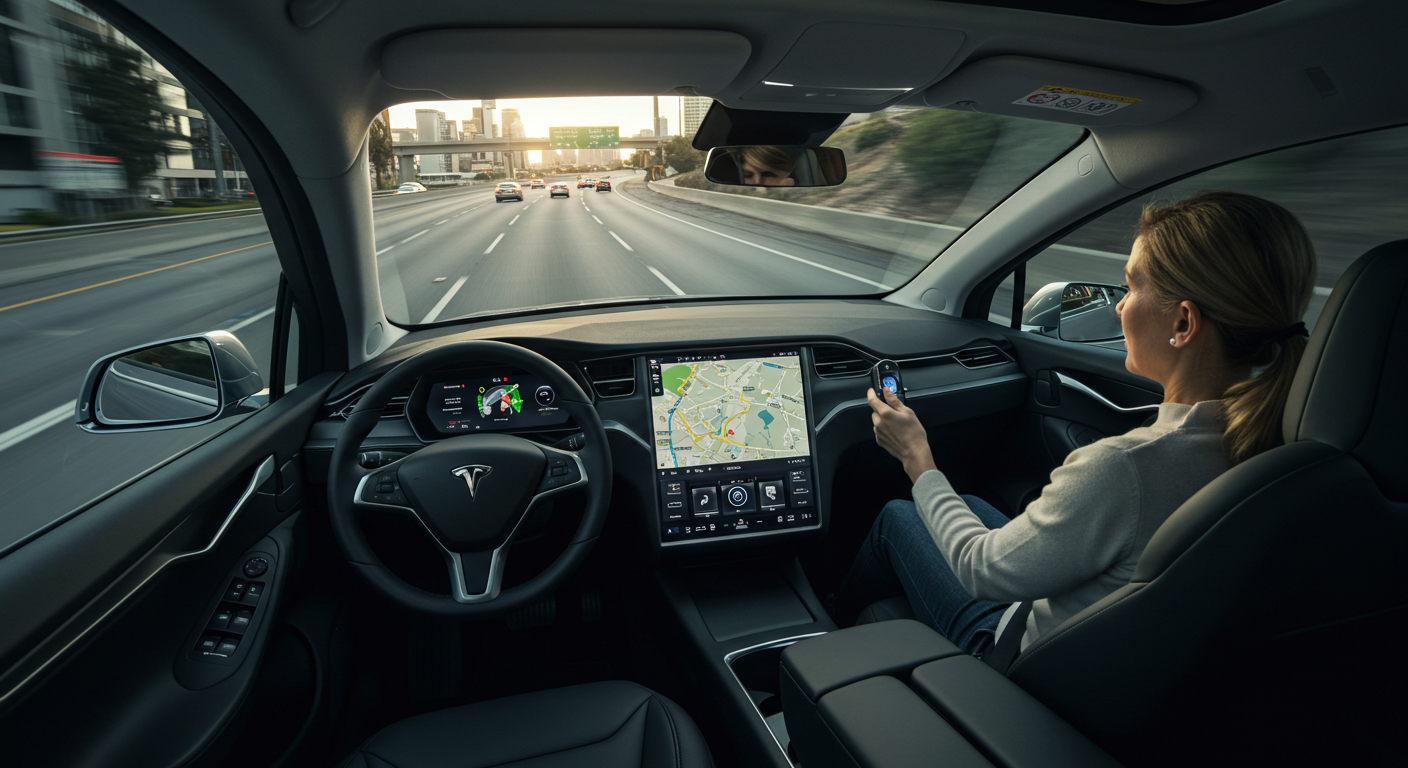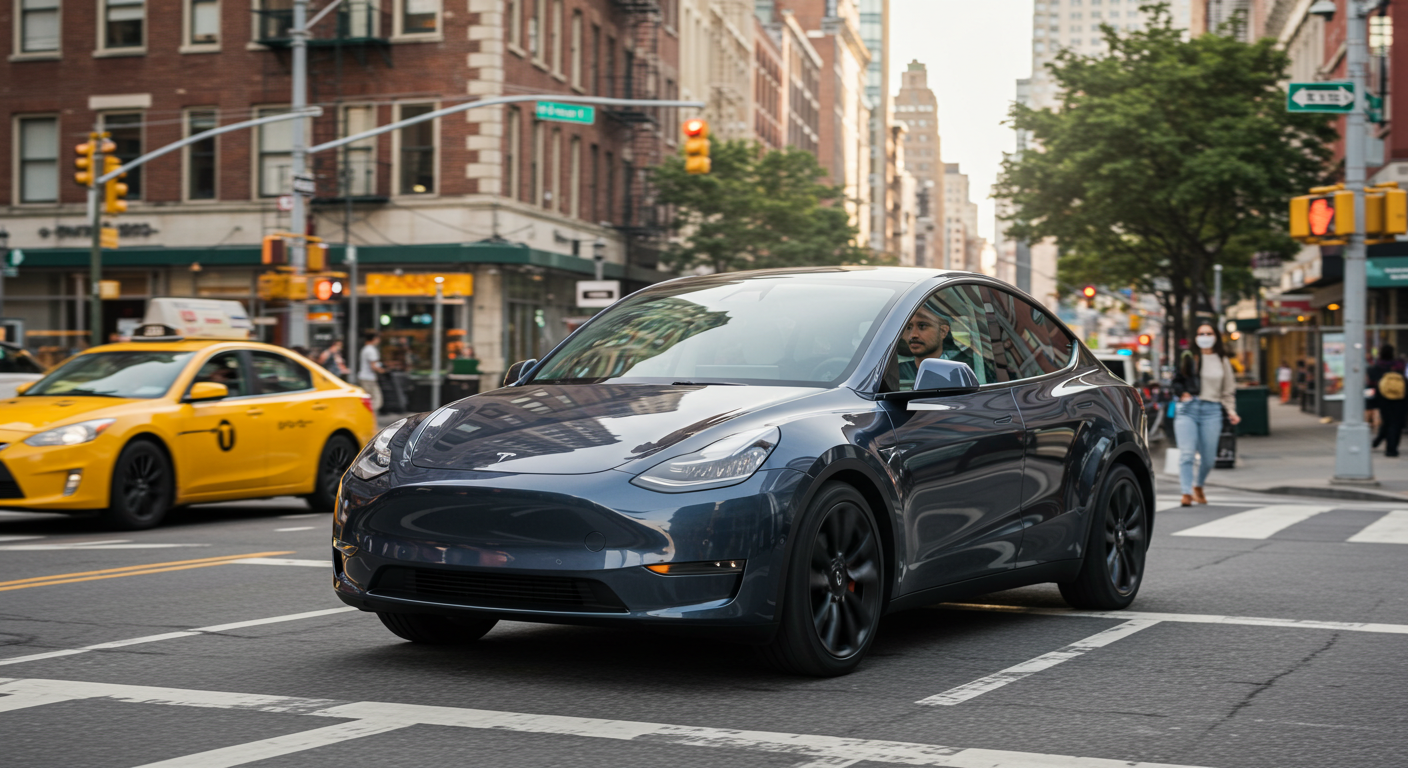Tesla's Tech Duo: Voice Commands and Full Self-Driving in the Real World

Promises, promises.
Tesla promises a future shaped by seamless voice control and autonomous driving. With rapid updates to its voice command interface and the continued evolution of Full Self-Driving (FSD), drivers are getting a glimpse of what's to come. But how close are we, really, to ditching the wheel and just telling our car what to do? We dug through real-world commentary from Tesla owners across Reddit to find out.
Voice Commands: Convenience with Caveats
Tesla's voice command system is designed to be a hands-free, eyes-on-the-road interface for everything from navigation to climate control. Many users praise the natural phrasing it accepts:
"I just say 'navigate to Vic's BBQ House' and it works. No wake word, just clean."
Commonly used commands include opening the glove box, adjusting climate settings, and placing calls—all without touching the screen. When it works, it's slick and satisfying.
However, the system is far from flawless:
- Inconsistent recognition: Compared to Siri or Google Assistant, Tesla's voice command engine often misinterprets commands or fails altogether.
- No feedback tone: Drivers note there's no confirmation chime or auditory cue to signal that a command was accepted or failed.
- Environmental sensitivity: Wind and road noise, especially on highways, often disrupt recognition.
- Connectivity dependence: Voice features break down without a solid cellular connection.
- Accent limitations: Non-American accents report higher failure rates.
As one user summed up:
"How does a car that drives itself fail to understand 'call Mom' unless I'm parked and whispering?"
The core technology clearly needs refinement, though there's hope on the horizon. Tesla's integration of its AI assistant Grok—now at version 4—is expected to bring significant improvements to natural language processing and contextual understanding.
Full Self-Driving: Almost There, But Not Yet

Tesla’s FSD is an advanced driver-assistance system (ADAS), not truly autonomous driving. Many Reddit users express cautious optimism about its long-term potential:
"From Anchorage to Homer, it handled most of our road trip far better than basic Autopilot."
Strengths include:
- Highway performance: Smooth lane changes, merging, and consistent speed handling.
- Driver fatigue reduction: Long-distance travel feels less tiring with FSD active.
- Noticeable improvements with updates: Better handling of turns, fewer false stops, more stable navigation.
Still, issues remain:
- Phantom braking: Sudden, inexplicable slowdowns in response to shadows or road markings.
- Inconsistent intersection behavior: Hesitations, hard stops, or misreads in crosswalks and traffic lights.
- Fails in edge cases: Pedestrian misidentification, railroad crossings, school zones, and unprotected turns still challenge the system.
- Low reliability in urban and parking scenarios: Park Assist and Smart Summon features are often described as "barely functional."
As one user recounts:
"FSD hit a mannequin in a school bus test demo. This tech is promising, but it’s not ready for prime time."
Safety advocates and regulators continue to scrutinize Tesla’s camera-only approach. Without radar or LIDAR, critics argue FSD lacks the redundancy necessary for true autonomy.
The Road to No Driver: How Close Are We?
While Tesla markets FSD as a vision of autonomous driving, it still requires full driver supervision at all times. Elon Musk has expressed hopes of achieving true autonomy by the end of 2025, but users remain skeptical:
"You can’t relax behind the wheel. You have to babysit it the whole time."
Grok 4 could be a game-changer here. With its enhanced reasoning, context awareness, and ability to dynamically adjust to situations, it may help bridge the gap between assisted driving and genuine autonomy.
Still, we're not yet at the point where a driver can read a book or nap while the car handles every situation. As of now, the dream of removing continuous human oversight remains just that: a dream.
Conclusion: A Work in Progress with Tremendous Potential
Tesla's voice command system and Full Self-Driving technology both reflect bold ambition—and undeniable limitations. Voice control, while useful, struggles with reliability. FSD makes long drives easier but still demands full attention and constant readiness to intervene.
If Grok 4 delivers smarter, context-aware responses, it could finally make voice control intuitive. If Tesla continues improving FSD's consistency, we may see supervised autonomy evolve into something closer to true self-driving.
But for now, the wheel stays in our hands—and the responsibility squarely on our shoulders.